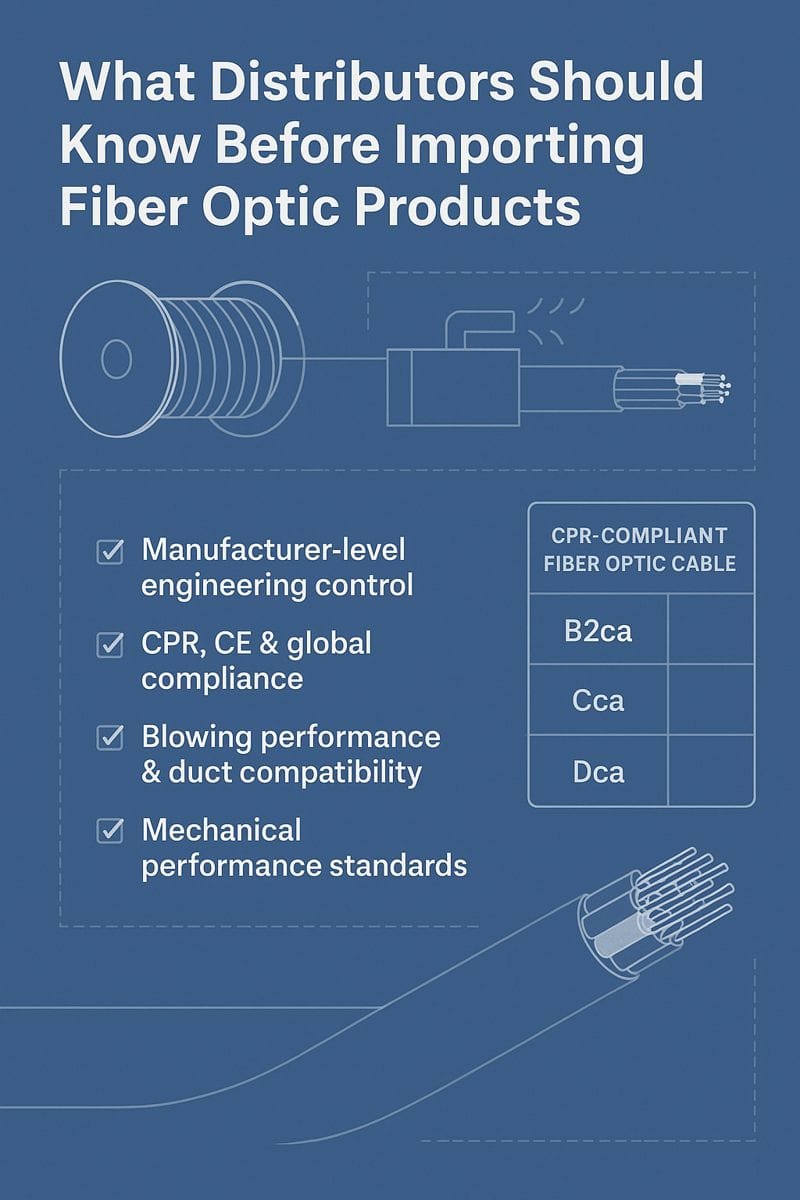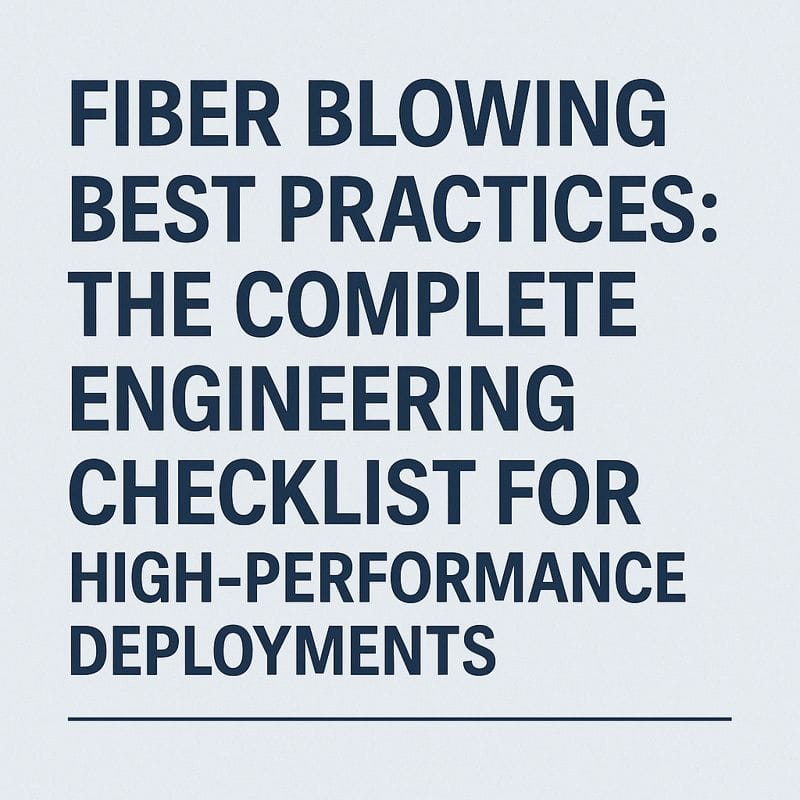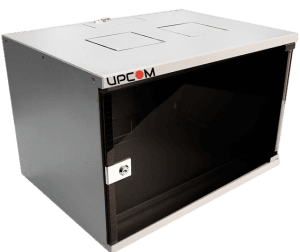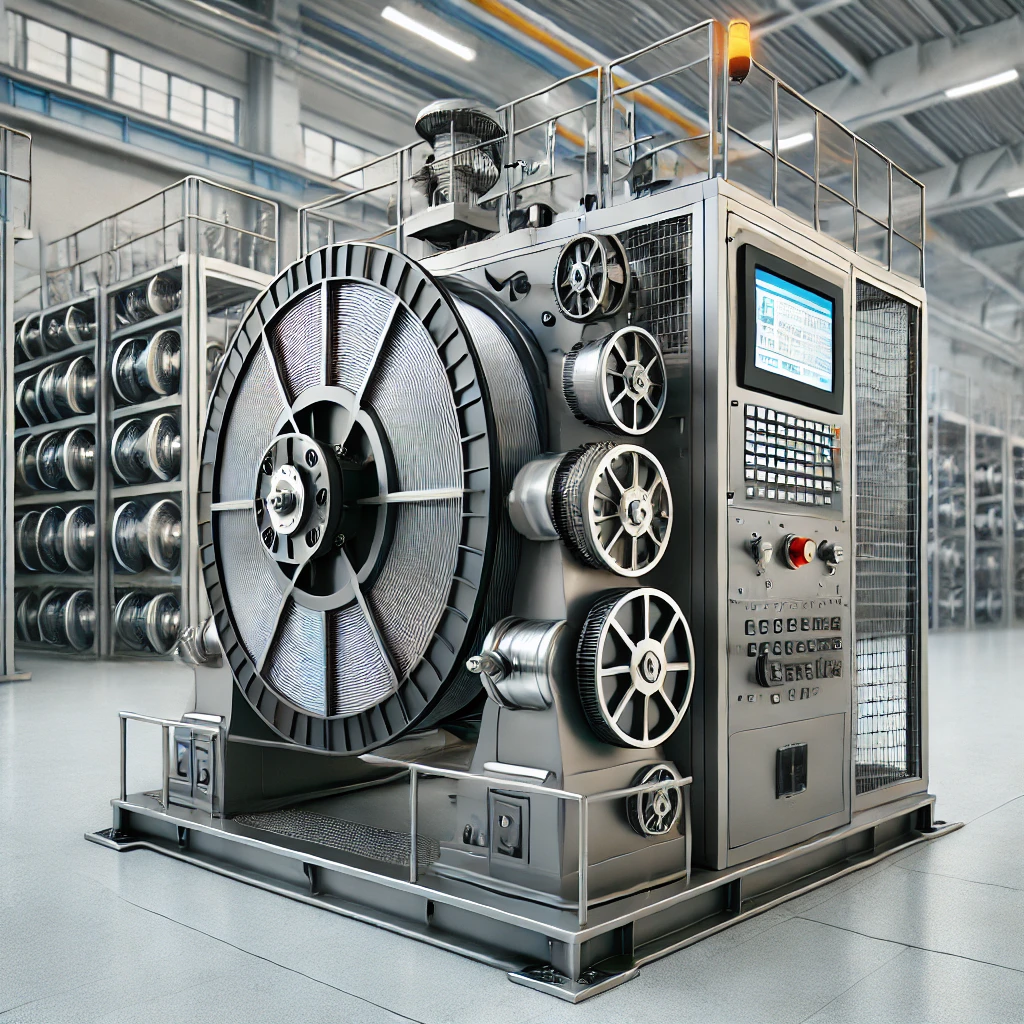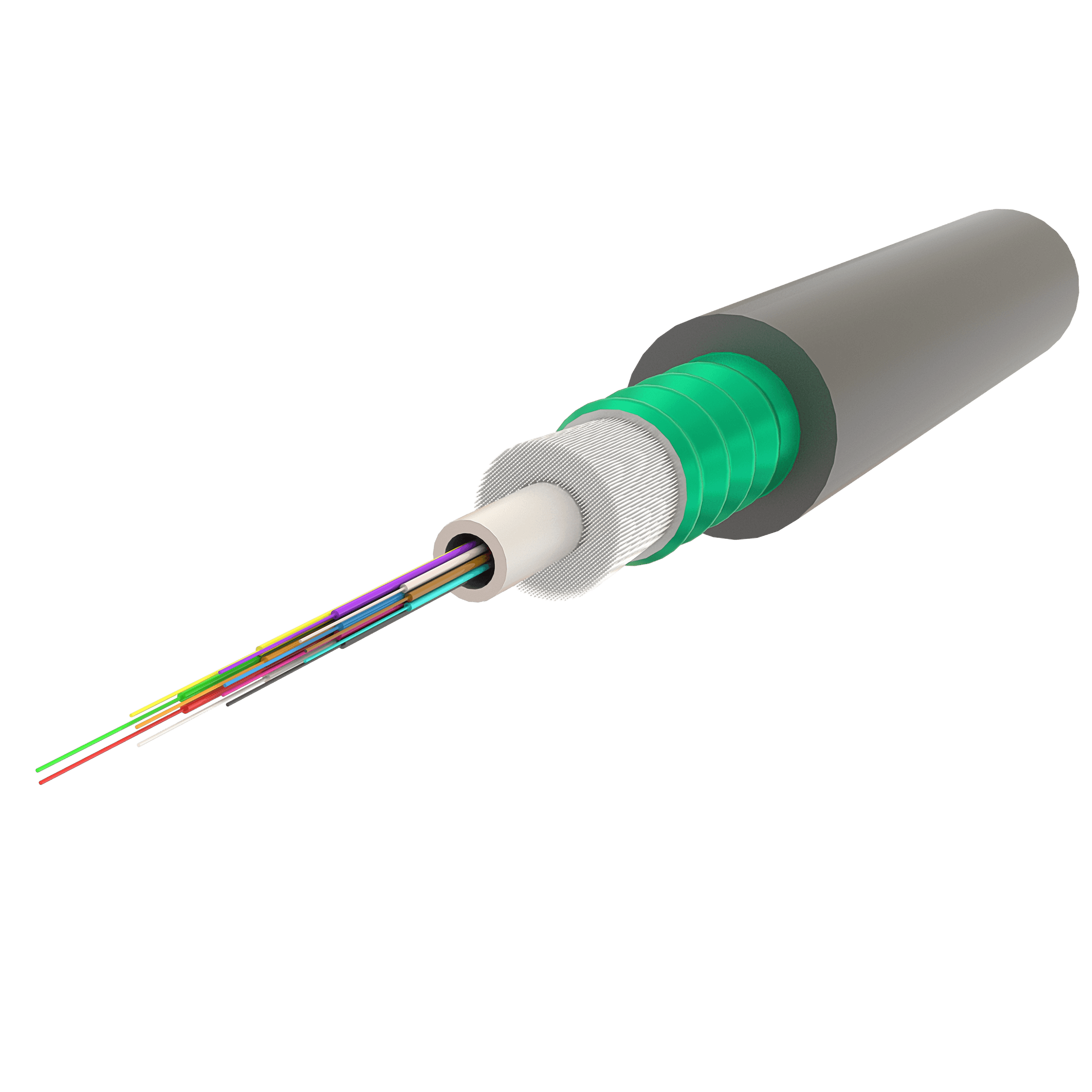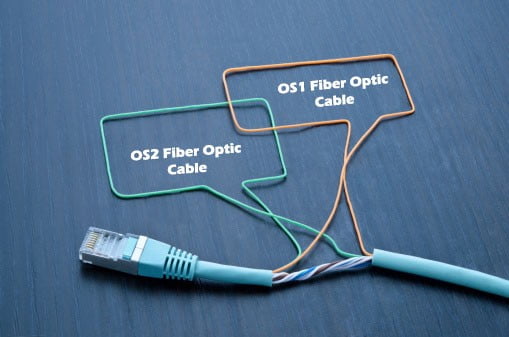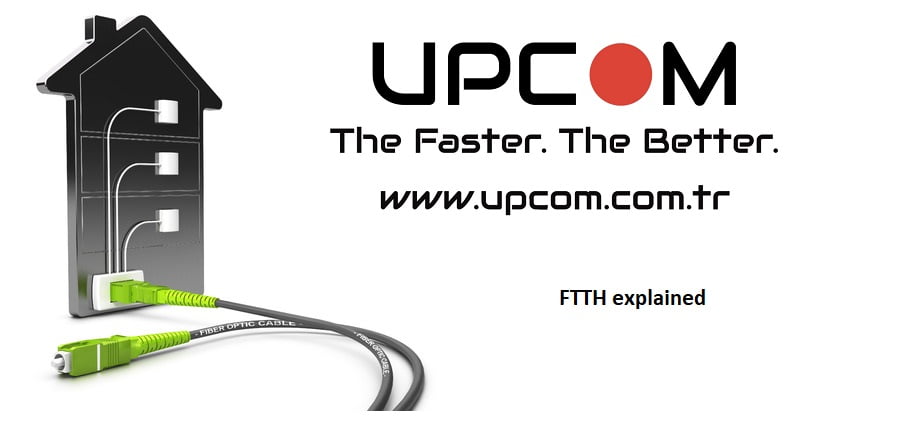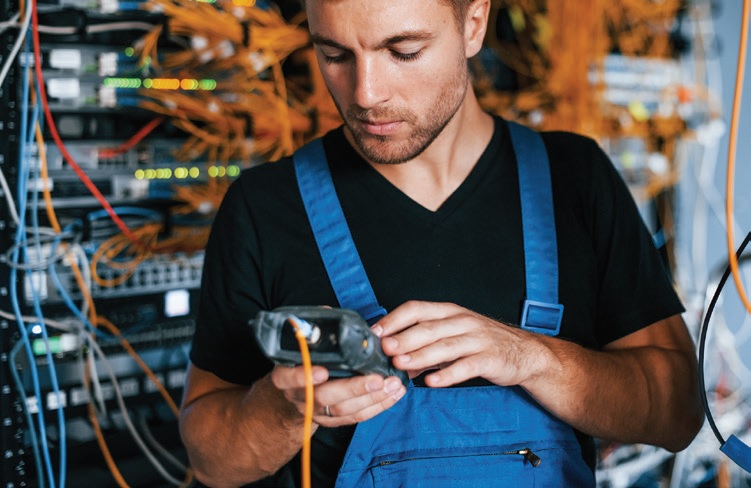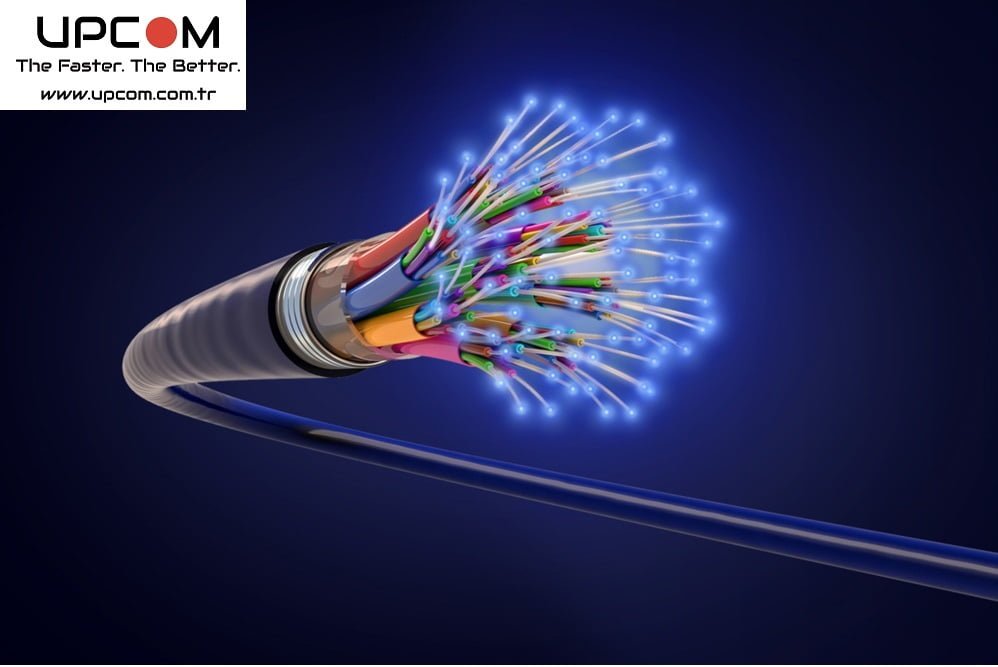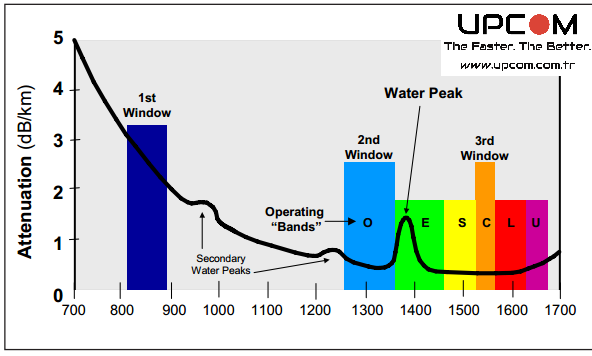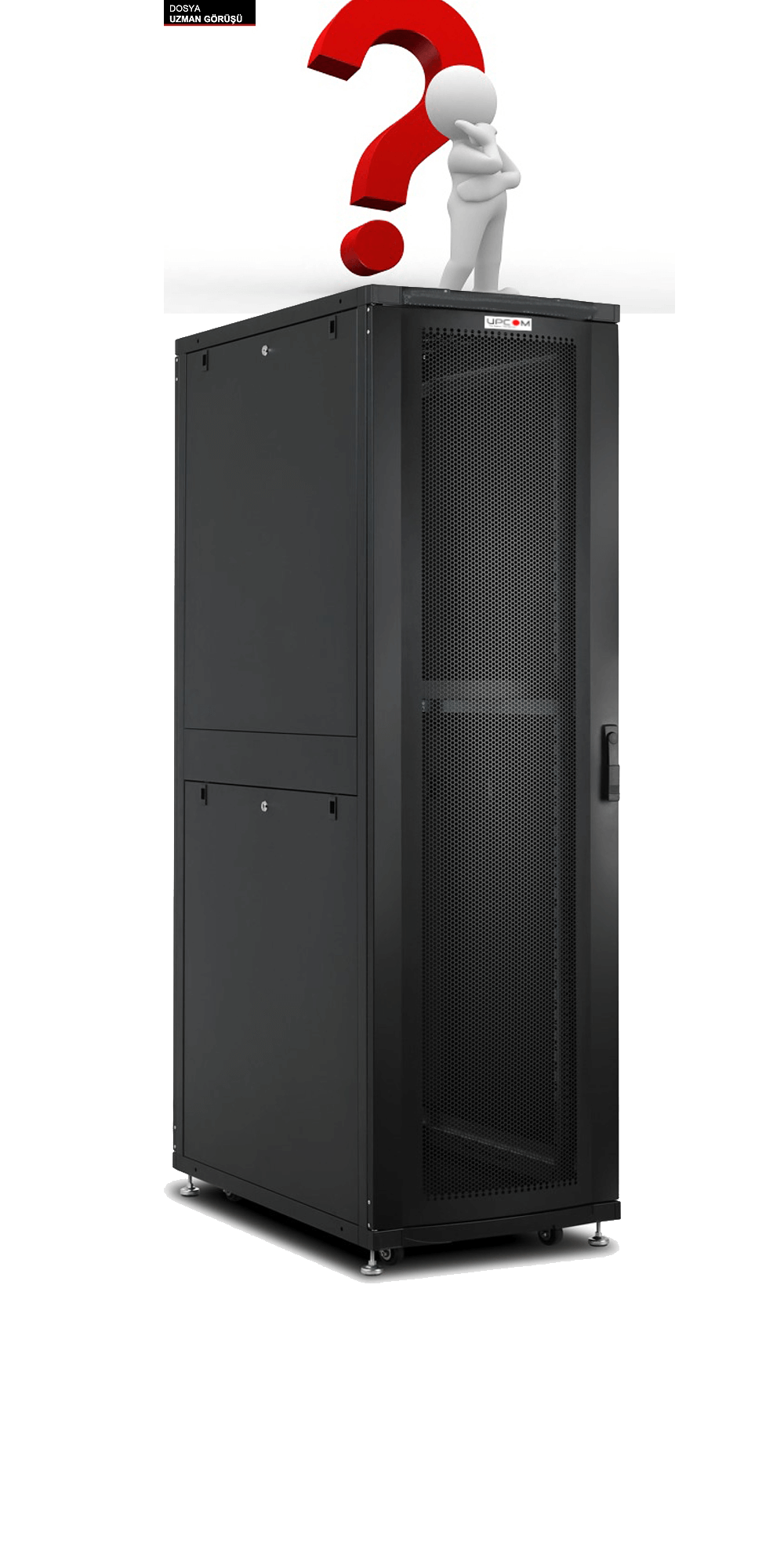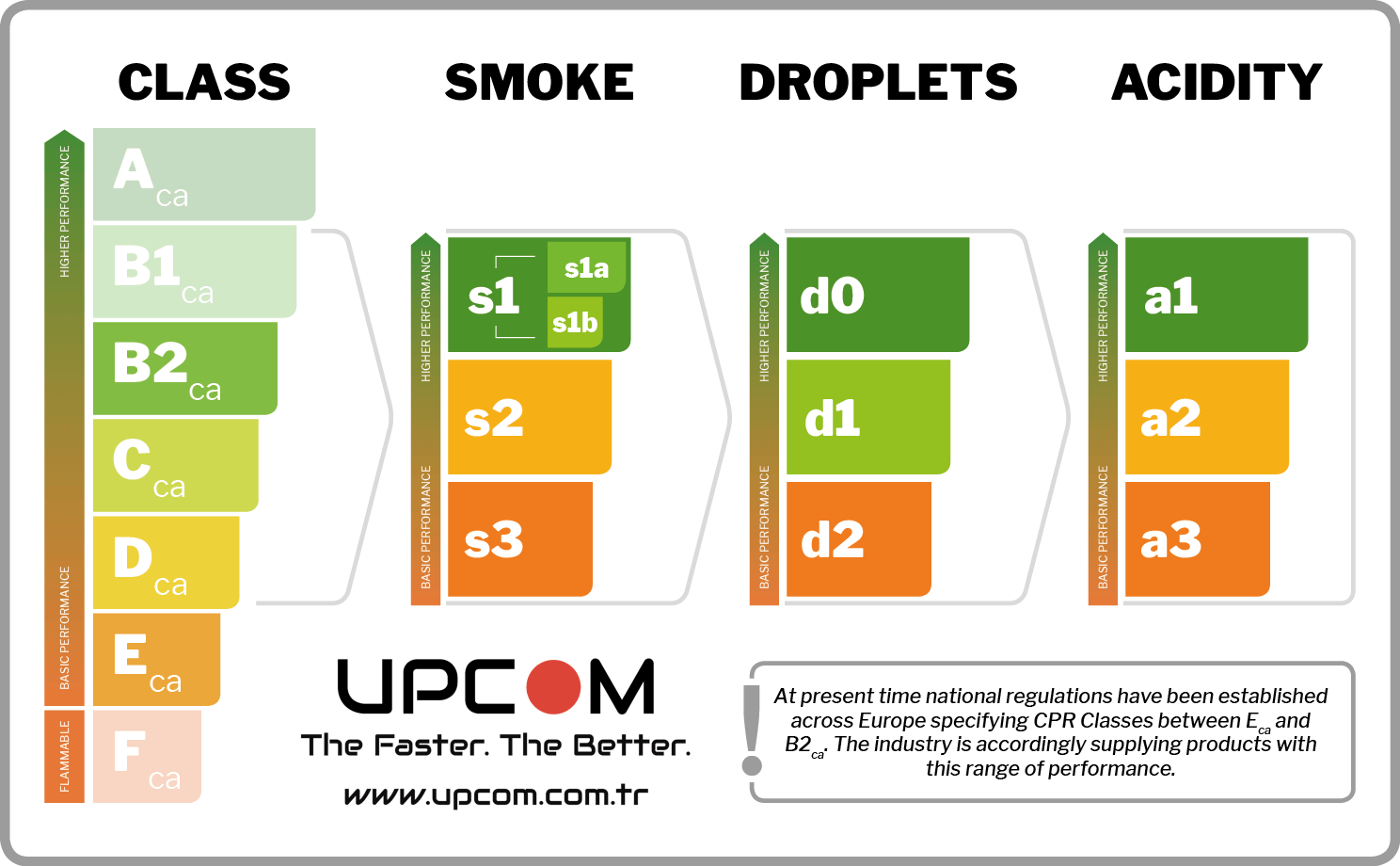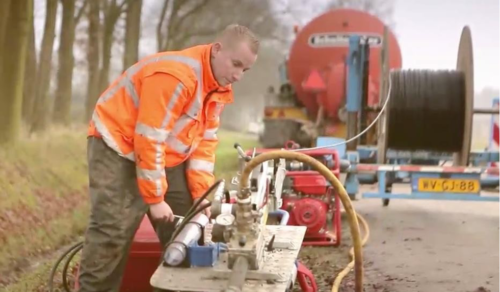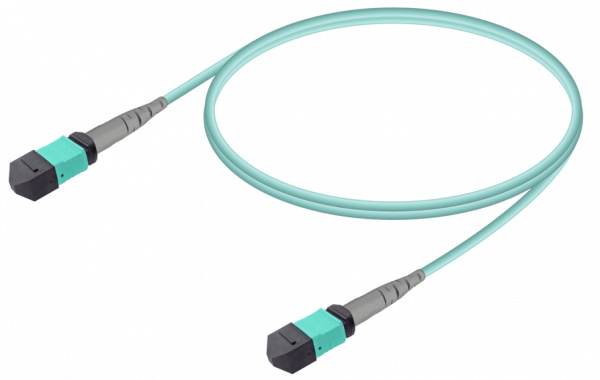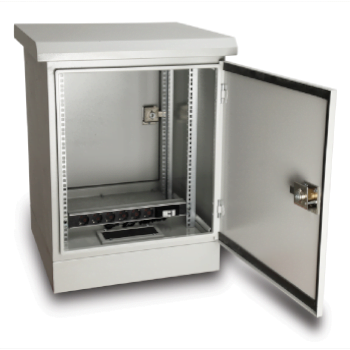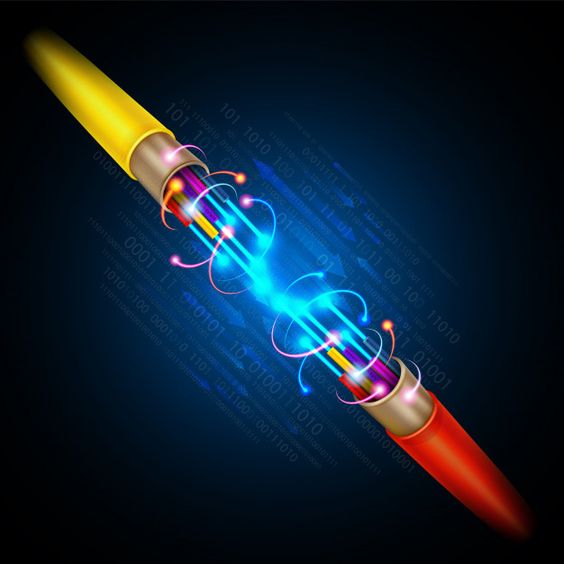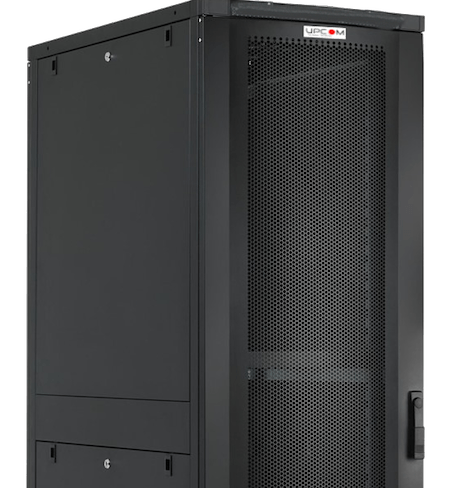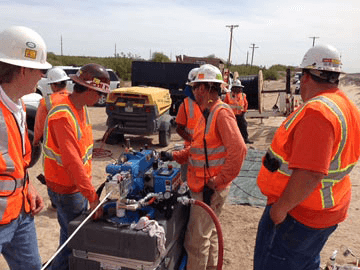24 Jan Fiber to the Home (FTTH): The 2025 Complete Guide to High-Speed Fiber Connectivity
Fiber to the Home FTTH is the architecture that delivers fiber-optic connectivity directly to homes, offices and residential buildings without using copper segments. In an FTTH network, optical fibers run from a central hub to an Optical Network Terminal inside the building, enabling ultra-high-speed broadband and extremely low latency.
- Consistent gigabit-level speeds
- Minimal signal loss
- High reliability in dense or rural environments
- Capacity for next-generation technologies, including XGS-PON, 25G PON, IoT and smart-home ecosystems
FTTH is now considered the global benchmark for fixed broadband infrastructure.
What Is Fiber to the Home FTTH?
Fiber to the Home FTTH is a fiber-optic access architecture where optical cables run from the network operator’s central office to the end user’s premises. It delivers:
- Gigabit-class speeds
- Minimal signal loss
- Long-term scalability (XGS-PON, 25G PON)
- High reliability in all environments
FTTH is now considered the global benchmark for broadband infrastructure.
How FTTH Works
1. Central Office (OLT Layer)
2. Distribution Network
3. Customer Premises Equipment (ONT/ONU)
The device converting optical signals into data for home routers and Wi-Fi networks.
Modern FTTH networks rely on:
- XGS-PON & NG-PON2
- Bend-insensitive G.657.A2 fibers
- Low-friction microducts
Cable blowing techniques for fast installation
Step-by-Step FTTH Deployment Process
1. Feasibility Study
2. Network Design
3. Permitting & Right-of-Way
4. Construction Phase
- Microduct installation
- Fiber blowing or pulling
- Splitter and cabinet installation
UPCOM cable blowing systems significantly reduce installation time.
Why FTTH Matters in 2025
- Higher bandwidth (1–10 Gbps)
- Long-term scalability
- High network reliability
- Critical support for IoT, cloud and smart-home ecosystems
- Economic growth & digital inclusion
- Reduced maintenance cost vs copper networks
FTTH in Europe and Worldwide
Key FTTH penetration highlights:
- Spain: 70%+
- Portugal, France, Italy: 60%+
- Sweden, Denmark, Netherlands: 40%+
- Germany & UK: rapidly expanding
Global FTTH homes-passed expected to exceed 500 million in 2025.
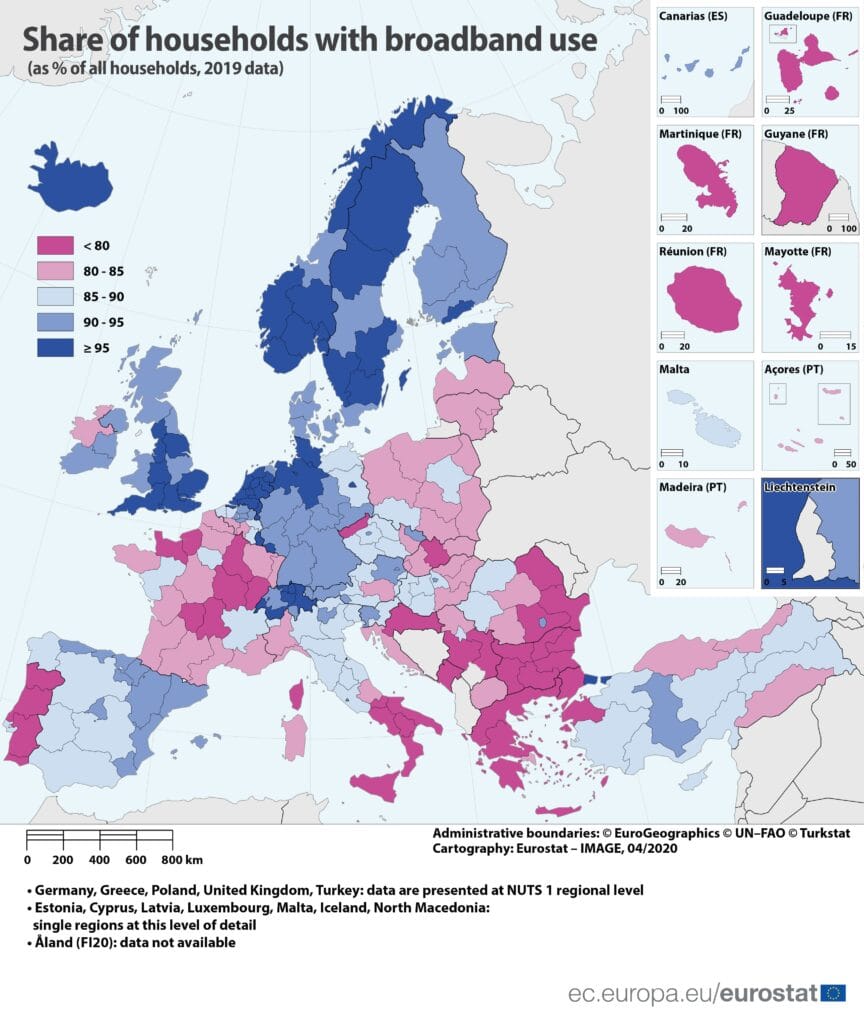
Cable Types Used in FTTH Projects
Single-Mode Fiber (SMF)
Multi-Mode Fiber (MMF)
Loose Tube Fiber Cables
Drop Cables (G.657.A1 / G.657.A2)
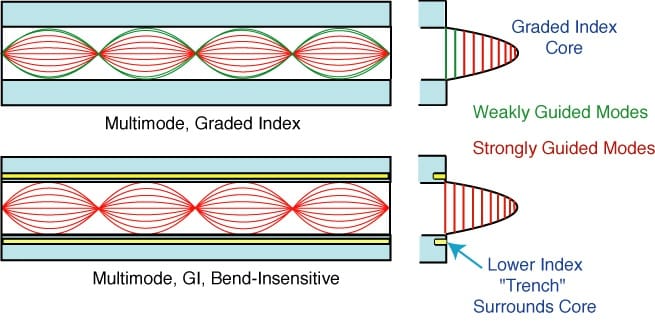
Ribbon Fiber Cables
FTTH Project Cost Structure
A 10,000-subscriber FTTH project in Europe typically costs:
€2,000–€4,000 per subscriber
Includes:
- Engineering/design
- Civil works
- Fiber cables
- ONT equipment
- Installation & activation
Fiber Cable Cost Share
Key Factors for a Successful FTTH Project
- Scalable network architecture
- Reliable suppliers and equipment partners
- Strong customer acquisition strategy
- Regular maintenance and performance monitoring
- Compliance with ITU, IEC and EN standards
- Accurate market analysis and realistic ROI modeling
FTTH Fun Facts & Key Insights
- FTTH offers the highest broadband performance available.
- Fiber networks are immune to electromagnetic interference.
- Rural FTTH is essential for eliminating digital inequality.
- Proper microduct planning reduces installation cost dramatically.
- FTTH supports next-gen 5G backhaul and smart-city applications.
UPCOM Machines & FTTH Equipment
UPCOM FTTH solutions:
MiniFOK Cable Blowing Machine
MikroFOK Fiber Blowing Machine
DrillFOK Micro Cable Tool
- https://www.upcom.com.tr/products/drillfok-cable-blowing-machine/
FOK Machine
HidroFOK Heavy-Duty Blowing Machine
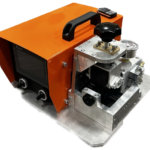
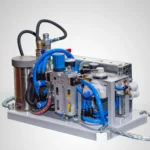



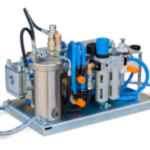
Sources:
Conclusion
What Distributors Should Know Before Importing Fiber Optic Products: A Technical & Manufacturer-Level Guide
A technical guide for distributors importing fiber optic products, covering manufacturer-level engineering standards, CPR compliance, blowing performance and key quality checks.
Fiber Blowing Best Practices: The Complete Engineering Checklist for High-Performance Deployments
Efficient fiber blowing is not only about using a powerful machine or high-quality fiber. Field performance depends on engineering discipline: correct duct–cable pairing, airflow capacity, lubrication strategy, mechanical limits, and environmental planning. This guide provides a complete engineering checklist used by professional FTTx, OSP, and...
Security in Server Cabinet Racks: Protecting Your Critical Infrastructure
Ensuring the security and operational continuity of network equipment is a fundamental priority for modern IT environments. As organizations grow their digital operations, server cabinets evolve into engineered protection systems designed to safeguard mission‑critical infrastructure. Why Robust Security Matters Server cabinets house valuable hardware that...
How to Blow Fiber Optic Cable: A Comprehensive Fiber Jetting Guide
Table of Contents Introduction to fiber optic cable blowing Required Equipment and Tools Understanding Fiber Blowing Machines and Their Components Preparing for the Fiber Blowing Process Safety Precautions Before Starting Step-by-Step Fiber Optic Cable Blowing Procedure 6.1 Setting Up the Fiber Blowing Machine 6.2 Preparing...
Cable Spooling Machines: The Ultimate Guide to Efficient Cable Handling
In industries such as telecommunications, energy, manufacturing, and infrastructure, the need for Cable Spooling Machines have never been greater. Traditional manual spooling methods can lead to inconsistencies, labor-intensive processes, and increased cable damage. This is where cable spooling machines revolutionize operations by ensuring precise, automated, and...
Fiber Optic Network Optimization: How to Improve Performance in High-Density Urban Areas
As urban populations grow and the demand for high-speed internet continues to increase, telecom operators face the challenge of optimizing fiber optic network performance in high-density urban environments. Fiber optic network optimization is crucial to ensure seamless connectivity, reduce latency, and manage bandwidth efficiently in...
Emerging Trends in Fiber Optic Technology: A Comprehensive Guide for European Telecom Operators
Emerging Trends in Fiber Optic Technology; In an era where data transmission speed, reliability, and efficiency are more critical than ever, fiber optic technology continues to be the backbone of telecommunications. As the demand for 5G, IoT, and high-speed broadband accelerates, telecom operators must stay...
Fiber Optic Cable Installation: Why Blowing Machines Outperform Traditional Methods
In the world of telecommunications infrastructure, efficiency, cost reduction, and long-term sustainability are key factors that drive innovation. The process of fiber optic cable installation has evolved significantly over the years, with cable blowing machines revolutionizing the industry. Best Fiber Optic Cable Installation Equipment is...
Advancements in Fiber Optic Technology: Improving Bandwidth and Transmission Rates
Fiber optic technology has revolutionized the way we communicate, providing faster and more reliable data transmission over long distances. The use of fiber optic cables has become increasingly popular in recent years, and the technology continues to evolve at a rapid pace. In this article,...
Fiber Optic Cable Installation: The Future of High-Speed Data Transmission
In today’s digital-first world, the demand for high-speed, secure, and reliable data transmission is growing exponentially. Whether it’s for telecommunications, data centers, military applications, or medical technology, efficient data transmission is critical for modern infrastructure. Fiber Optic Cable Installation. This is where fiber optic cables...
Tight-Buffered and Loose-Tube Cables
The difference between tight-buffered and loose-tube fiber optic cables is in the way the fibers are protected and packaged within the cable. Tight-buffered fiber optic cables feature fibers that are surrounded by a tight-fitting buffer material, such as a plastic coating, to protect them from...
OS1 and OS2 Fiber Optic Cores
OS1 OS2 Fiber Cores are types of single mode fiber optic cables that are used for high-speed data transmission. OS1, or “single-mode,” cable has a small core (typically 9 microns in diameter) that allows for a single light beam to be transmitted over long distances...
Fiber to the Home (FTTH): The 2025 Complete Guide to High-Speed Fiber Connectivity
Fiber to the Home FTTH is the architecture that delivers fiber-optic connectivity directly to homes, offices and residential buildings without using copper segments. In an FTTH network, optical fibers run from a central hub to an Optical Network Terminal inside the building, enabling ultra-high-speed broadband...
Best Fiber Optic Cabling Installation Practices Guide
Fiber optic cabling installation is a complex process that requires specialized knowledge and equipment. Here are some best practices for fiber optic cabling installation to ensure a successful and reliable installation: Plan the Installation: Before starting the installation, it is important to plan...
How Fiber Optic Cables and Internet Affect Our Lives
Fiber optic cables use light to transmit data, rather than electricity. The cable is made up of a central core of extremely pure glass or plastic, surrounded by layers of protective material. Data is encoded as pulses of light that travel along the core of...
Cable Blowing Lubricant
Cable blowing lubricants are specially formulated lubricants used to lubricate cables as they are being pulled through conduits or other tight spaces during the installation process. The lubricant is applied to the cables before they are pulled, and it helps to reduce friction and make...
All about fiber optics
What does a fiber optic cable do? A fiber optic cable is a type of cable that uses glass or plastic threads to transmit data. These threads, or fibers, are extremely thin and are surrounded by a protective coating. They are able to transmit data...
Fiber Optic Blowing Tips
Fiber Optic Blowing Tips – 7 important points 7 Fiber Optic Blowing Tips – Fiber optic Cable blowing is a specialized process involving the use of pressurized air to install cables into telecom ducts. This method is highly effective for blowing the fiber optic cables...
Fiber Optic Loss
Fiber Optic loss, As a supplier of fiber optic products, perhaps the most frequently asked question about fiber optic cabling testing is: “What is the maximum acceptable attenuation? ”Unfortunately, the answer is:“ it depends ”. But what does it depend on? This is because it depends on...
Choosing the right 19 rack cabinet
Choosing the right 19 rack cabinet.. Would you like to buy a server cabinet or network cabinet? Or just the accessories for an existing 19″ cabinet? For experienced network technicians, choosing the right cabinet or accessories is straightforward. However, for those who rarely purchase a server...
CPR compliant Cables, All Your Questions are now answered!
What does CPR mean in cable? In the context of cables, CPR stands for Construction Products Regulation. It is a European Union regulation that applies to all construction products that are placed on the EU market. The CPR sets out minimum requirements for the performance...
11 reasons why the future belongs to fiber optic
11 Reasons Why the Future Belongs to Fiber Optic “The future belongs to fiber optics!” This bold claim is backed by compelling reasons. Fiber optic technology is not just an upgrade—it’s a transformative infrastructure shaping how we connect, communicate, and consume information. Here are 11...
Cable Blowing by Pressurized Air / Fiber Optic Cable Blowing Procedure
Cable Blowing (Sometime called air assisted cable blowing, Cable Blowing by Pressurized Air, air blowing, jetting and all these words are describing method of cable blowing with pressurized air) Cable Installation has been always a challenge for installers. There are several method to lay the...
Optical Fiber
What is optical fiber? We are used to the concept of moving knowledge in numerous ways. A wire cable transports the sounds from our speech into a socket on the wall and is borne by another cable in the nearby telephone interchange, as we...
FTTH installation Technologies
FTTH installation technologies Table of Contents Innovative approach to FTTH installation Technologies…1 Infrastructure Sharing…2 Duct sharing in France…2.1 Sewer pipes…2.2 Clean water pipes…2.3 Gas pipes for Houses…2.4 Creative FTTH installation Technologies Installation Methods…3 Handheld fiber cable blowing machine …3.1 Pushable fiber …3.2 Fiber optic cable de-coring...
What is MPO Cable
What is MPO Cable? Executive summary Push On (MPO) Multi-fiber Connectors – Fiber connectors consisting of several optical fibers are multi-fiber push on connectors, or MPOs for short. While described as something of an array connector with some more than 2 fibers, MPO Connectors are...
IP55 Outdoor Cabinet
We found out that there is no enough information about 19” IP55 Outdoor Cabinet and thus we will investigate it. If you are reading this article, then you are probably planning to make a procurement soon. So, let’s dive in! We will try to give...
What is fiber optic cable
Fiber optic cables are an innovative communication medium that transmit data using light instead of electrical signals. Designed for efficiency and speed, these cables leverage thin strands of glass or plastic fibers bundled within a protective casing. The question; What is fiber optic cable? can...
19″ Rack Cabinet
What is a 19” Free Standing Rack Cabinet? 19” free standing rack cabinets provide a robust, cost-effective enclosure solution. PDU mounting or connectivity on both the front and rear of the cabinet. The Free Standing 19” Rack cabinets are ideal for high-density data center environments,...
How Much Does Fiber Optic Cable Installation Cost in 2025?
Fiber Optic Cable Installation Cost | Reduce Costs with Cable Blowing Machines – UPCOM How Much Does Fiber Optic Cable Installation Cost? Updated guide for telecom and infrastructure professionals (2025) Installing fiber optic cables remains one of the most critical phases of modern communication infrastructure....
Construction Products Regulation (CPR) for Cables
CPR for cables (Construction Products Regulation) for cables became a legal requirement in July 2017. CPR for fiber optic cables is having an intended use for permanent installation in buildings and construction works, to be accompanied by a Declaration of Performance (DoP). This requirement relates only to...
5 Fan Facts About the Fiber Optic Cables
Fiber optic cables are a type of cable that use glass or plastic fibers to transmit data. Here are some interesting facts about fiber optic cables: Speed: Fiber optic cables are capable of transmitting data at much faster speeds than traditional copper cables. This makes...
Cable Blowing Machine work
Cable Blowing Machines here Click here to find out Cable Blowing Machine Product Portfolio Click Here Cable blowing machines, also known as a jetting machine or fiber optic cable blowing machine, is a device used to blow cables, such as fiber optic cables, into ducts...


